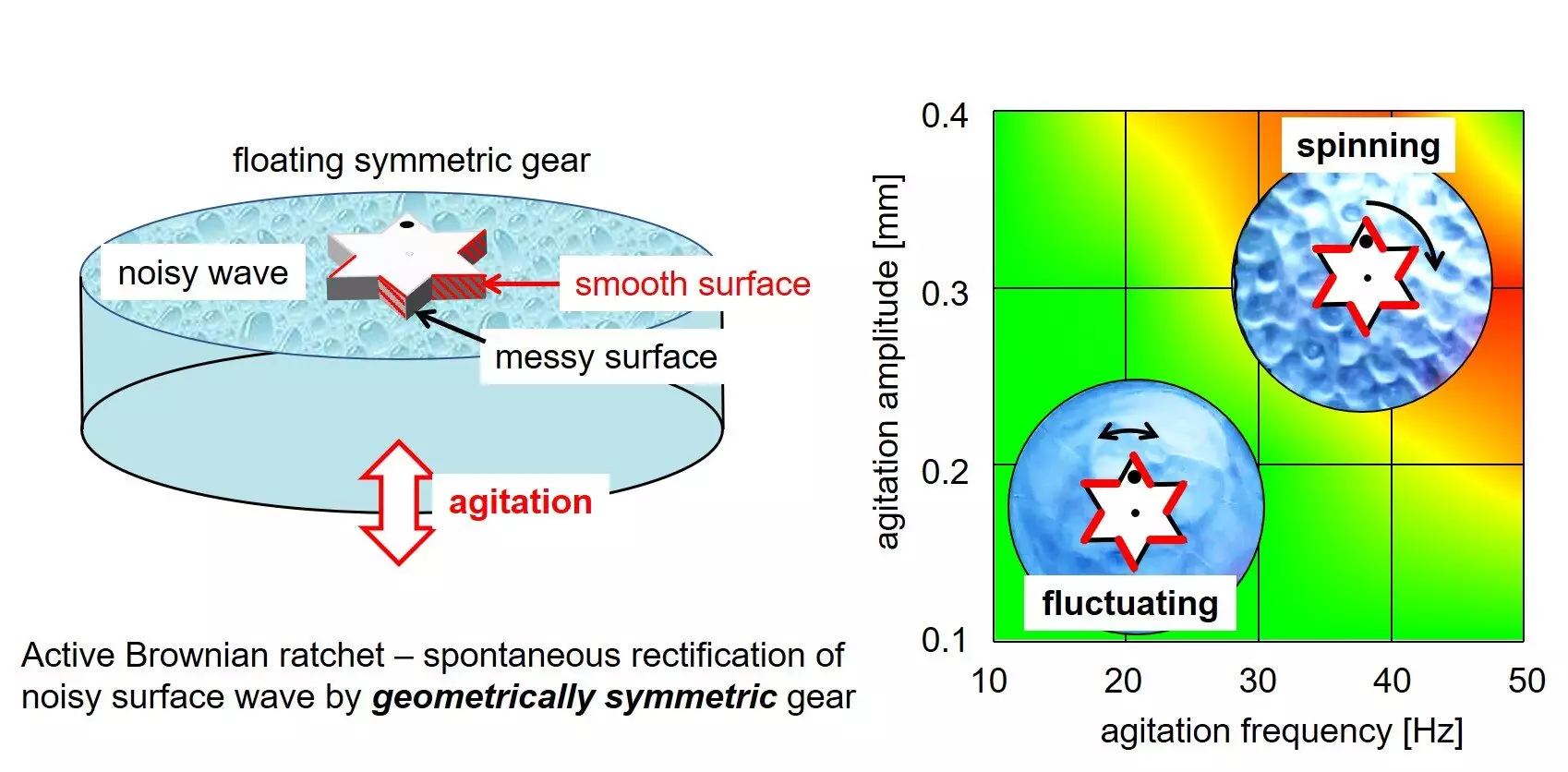The concept of a ratchet mechanism is truly captivating as it involves converting disorderly or random motion into orderly and directed movement. This process, known as spontaneous rectification, plays a critical role in mechanical systems by utilizing a gear and a pawl to restrict the movement of the gear in one direction. On the other hand, in biological systems, the idea of a Brownian ratchet helps in comprehending the mechanism of molecular motors, where chemical reactions rectify the random thermal motion of molecules.
According to the second law of thermodynamics, uniform thermal fluctuations cannot generate regular motion spontaneously. Therefore, practical Brownian ratchets require nonequilibrium fluctuations to function effectively. In biological systems, physiological chemical reactions modulate thermal motion and generate nonthermal fluctuations, which are essential for the ratchet mechanism to work efficiently. Understanding the types of nonequilibrium noisy motions that can be rectified by a ratchet mechanism is a crucial question in science and can lead to the development of innovative energy-harvesting technologies.
In a groundbreaking development, a team of researchers from the Department of Chemical Engineering and Materials Science at Doshisha University introduced a novel ratchet mechanism that uses the asymmetry of surface wettability with a geometrically symmetric gear. Led by Ph.D. student Miku Hatatani, along with Associate Professor Yamamoto Daigo and Professor Akihisa Shioi, the team created a new model of an active Brownian ratchet motor that leverages the surface-energy profile for the ratchet mechanism. This approach differs from conventional geometrically asymmetric ratchets and aligns more closely with biological mechanisms.
The innovative ratchet mechanism devised by the research team features a geometrically symmetric star-shaped gear made of acrylonitrile butadiene styrene (ABS) resin with six triangular teeth. Parafilm is attached alternately to the right side of each tooth, creating a difference in surface wettability between the two faces of the teeth. During testing, the gear was placed in a water-filled petri dish with a camera mounted above it. The gear was subjected to vertical oscillations generated by a vibrating disk, resulting in random fluctuations in the water. The gear with parafilm demonstrated a one-way spin under specific frequency and amplitude conditions, whereas the gear without parafilm did not exhibit the same behavior.
The researchers delved into the mechanism of the innovative ratchet motor and identified that its unique motion is driven by a stochastic process with a biased driving force. This biased driving force stems from the interactions of water waves and surface wettability between the smooth parafilm face and the rough non-parafilm face of the gear teeth. The gear’s one-way spin was attributed to its chirality, showcasing opposite spinning directions when viewed from different faces. Despite exhibiting fluctuations in both directions at shorter timescales, the gear displayed a consistent one-way spin at longer timescales.
The findings from this study hold significant promise for the development of new ratchet motor designs. By leveraging an asymmetric potential with cyclic variation, similar to a molecular ratchet, this system has the potential to pave the way for innovative energy conversion technologies. The team’s research opens up new possibilities for harnessing the power of ratchet mechanisms in various applications, demonstrating the vast potential of this captivating energy-conversion system.


Leave a Reply